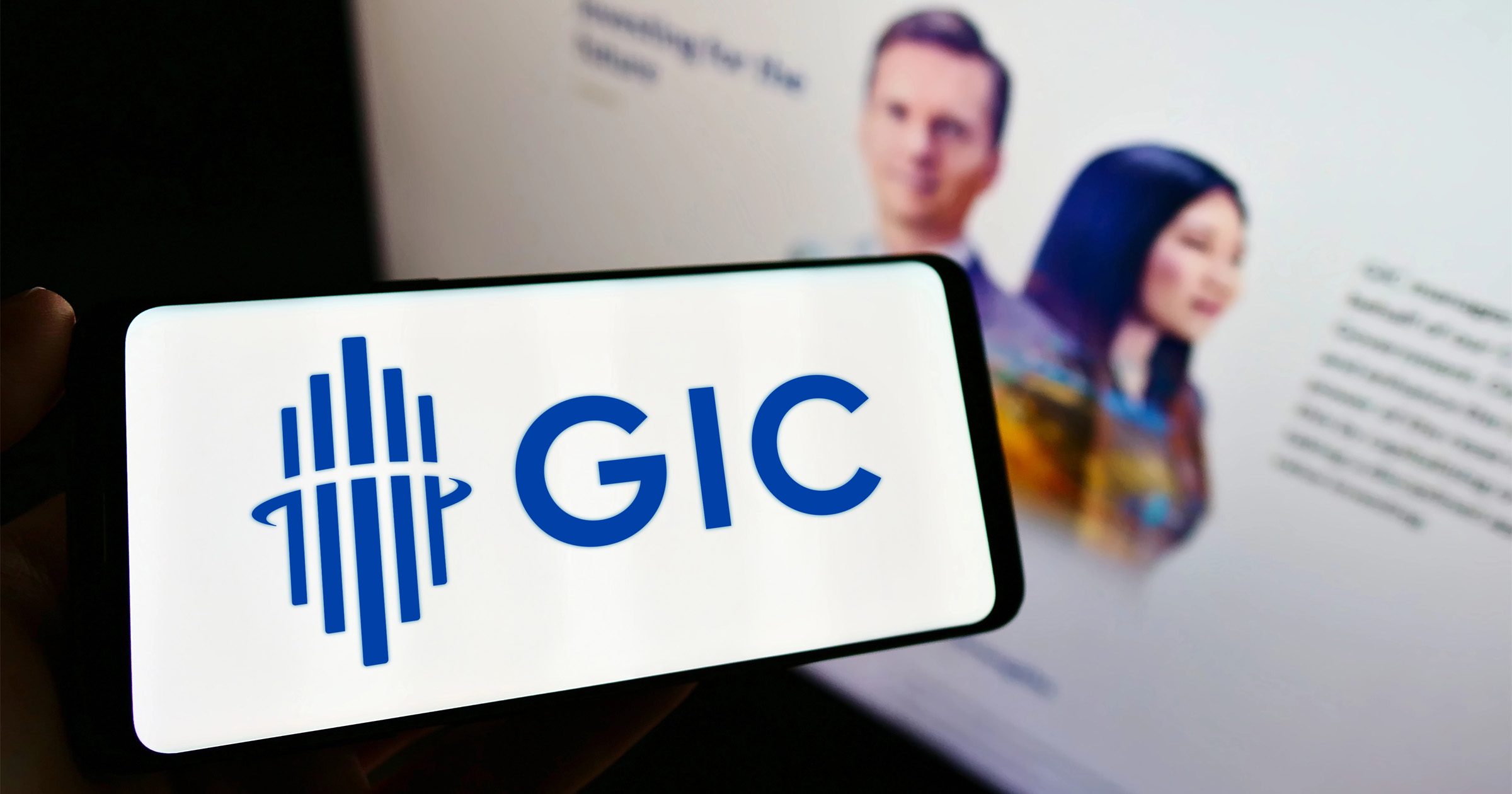AI Implementations That Can Increase Your eCommerce Success
An increasing number of consumers are turning to online marketplaces and stores to buy products, diverting attention and spending away from traditional retail operations. . As eCommerce sees tremendous growth and evolution, so too has another technological marvel: Artificial...

An increasing number of consumers are turning to online marketplaces and stores to buy products, diverting attention and spending away from traditional retail operations. . As eCommerce sees tremendous growth and evolution, so too has another technological marvel: Artificial Intelligence (AI). With the rising competition driven by consumer demand, eCommerce sellers are increasingly turning to technology as a means of achieving growth. One particularly popular trend in this pursuit of enhanced operations and workflow efficiency is the integration of AI.
But to fully harness its potential, you’ll need to head back to basics: the 4Ps (product, price, place, promotion), also known as the marketing mix. Often introduced to marketers in a 101 college course, the four Ps provide a solid foundation on which plenty of brands, big and small, are built. Introduce AI, and some elements of the 4Ps take on a modern twist: Placement advertising, product content, promotion, and pricing. When AI is effectively integrated into these areas, it’s not just a tool—it’s a game-changer.
P1: Placement Advertising
Strategic placement means making your products available where it’s most relevant for potential consumers. In eCommerce, this typically refers to your website or storefront on marketplaces like Amazon and Walmart. Building off of this concept, we can augment placement through Facebook and Google ads, or Amazon ads for your Amazon store. In running ads on these platforms effectively, brands need data, plenty of time to mine through it, and a well-developed strategy to outpace their competitors. This is where AI proves invaluable, offering benefits such as:
Keyword harvesting. This lends a hand in effectively targeting customers looking for your products based on the terms they frequently use to find your products. AI is able to identify these terms and either fuel or throttle bids based on the ROI of a term and the business’ objective.Bid optimization. On platforms where you bid for ad space, AI can bid with granularity by synthesizing your budget, the CPCs of a given keyword, and its conversion rate, alongside other relevant signals. By implementing AI, you can accelerate your A/B testing based on data points and insights impacting your brand in real-time.Dayparting. One of many ancillary factors that might affect the efficiency of your ad is the time of day a user looks at your product. AI can support this by analyzing the days of the week and times of day your customer is more likely to convert a. Selling luxury sleep masks? You probably want to target those night owls and with AI you can let the data decide without granular human intervention.P2: Product Content
A label with an upgrade: listings and product pages hold the information that potential buyers seek. They want comprehensive details: weight, size, materials, reviews, and compelling visuals that connect with the needs of customers. High-quality content shows buyers they can trust your brand even before buying. Manual content management means controlling your tone and style, two crucial parts of your product copy, but there are ways to go the extra mile for shoppers and search engines.
From an SEO perspective, AI can provide you with relevant keywords to include in the copy, titles, and tags. By analyzing your advertising data you can find the phrases that generate traffic and the ones that convert, with these insights in front of you, your AI can connect your products with searches to match the type of products customers are looking for.
Increasing the capabilities of your business, AI doesn’t get writer’s block. Brands with dozens of products can adjust their copy regularly with the few clicks of a button.
P3: Promotion
Promotions often intersect with deals and discounts in the eCommerce world: you utilize cut prices to entice users and fuel demand. Some marketplaces, like Amazon, magnify this approach with badges, filters, and specific pages for discounted products because they know it moves merchandise. But to take control of this ‘P’ in the marketing mix, it’s important to leverage your data and marketplace intelligence to drive informed decisions.
Whether it involves clearance markdowns or general discounts, using AI to time your discounts can help move extra products.The same technology that integrates with your AI can help you focus on the right products when strategizing promotions. Whether you’re coming up on an inventory deadline or you want to lean into one of your best sellers promotions can significantly bolster revenue growth.Combining these concepts together, AI can provide predictive analytics for campaign performance by way of discounts.Using this data, you can better plan for new launches and high-volume shopping seasons.P4: Pricing
In a spending-conscious society where consumers are constantly hunting for the best deal, pricing can win over all other factors. Competitive pricing is an ideal way to curb this, but manual monitoring and adjustment can be tedious and untimely; by the time you update your price, your competitors have already changed the benchmark. Leveraging AI, your price becomes a moving piece instead of stagnant data. Placing real-time competitor price tracking on your most staunched rivals or by using algorithmic pricing adjustments that leverage market demand, AI can help you to remain profitable. By using AI to support your pricing strategies, not only can you find more profitable price points but you save yourself from the effort necessary to keep up in highly competitive marketplaces like Amazon or Walmart.
Leveraging the 4Ps
Each of the four Ps provides a framework for marketing, but they also fuel each other and expand overall profitability. In many ways, you can’t focus on one without coming up with ideas for another. That’s why a holistic AI approach is crucial; not only does it meet basic needs, it can integrate data across streams to drive decisions that meet customer needs and expectations, resulting in higher sales.
Imagine a brand named Greenlife EcoGear, which specializes in sustainable outdoor products and items. Let’s examine how the four Ps of the company can be enhanced through an AI lens:
Placement advertising: Thanks to AI, this brand has discovered people tend to search for their product niche on Monday mornings, Wednesdays around lunchtime, and Sundays in the afternoon. Using this data, they strategically optimized their bids for these times.Product content: After developing outdoor gear that resonates with its audience, Greenlife EcoGear wants to improve organic sales and conversion rates. The system pulls and synthesizes data from their search term reports, to inform AI of the type of copy that gets ranked and converts users.Promotion: EcoGear’s marketing strategy revolves around generating brand awareness through loss-leaders. As a first step, AI reviews their historical data on promotions, highlighting that if they apply a 15% discount on an introductory product they can increase sales by 50%. By fuelling this growth, they can generate brand awareness and leverage it to create high-margin repeat customers.Pricing: Using AI-powered dynamic pricing algorithms, Greenlife EcoGear offers 5% below their rival’s price, further generating market demand. They position themselves as a reasonable alternative to big brands and see more sales because of it.Future Trends in AI for eCommerce Success
AI is a viable solution for eCommerce sellers as it integrates nicely with the data and input provided by these ecosystems.With constant innovations, the adoption of this technology has proven to be a strong influence on the momentum of brands. Taking large amounts of data and distilling it into usable information across the 4Ps is one way brands can use AI to solidify their bottom-line.
In the future, expect this to become a larger transformation for online brands as companies look to further integrate functions like the supply chain management, product research, and customer service with their 4Ps.Adaptability as an eCommerce brand will become your strongest skill those who embrace and adopt advancements will pull ahead through enhanced operations and workflow efficiency.
Conclusion
Marketing is an ongoing process; while the four Ps provide structure, the hard truth is keeping up with them and being successful takes a lot of time and effort which online brands don’t have a lot to spare. With AI, your company can be streamlined and adopt marketing insights that might not have been discovered without it. In an increasingly competitive landscape, AI doesn’t guarantee success but certainly can bring you closer to it, depending on how you use it. Whether you’ve already adopted some AI practices or are searching for solutions with fresh eyes, exploring where and how you can use AI to help you strategize can help you move the needle.

 KickT
KickT 
































